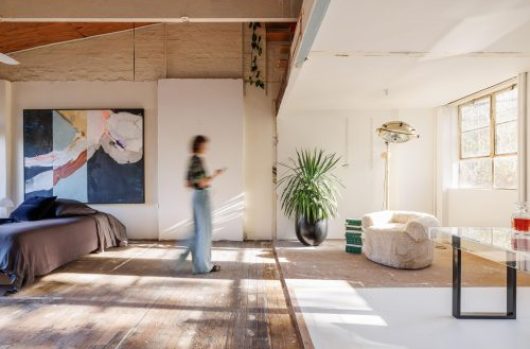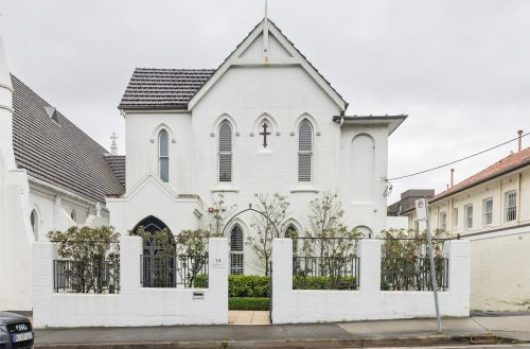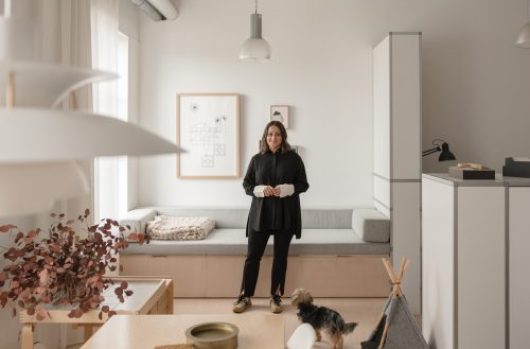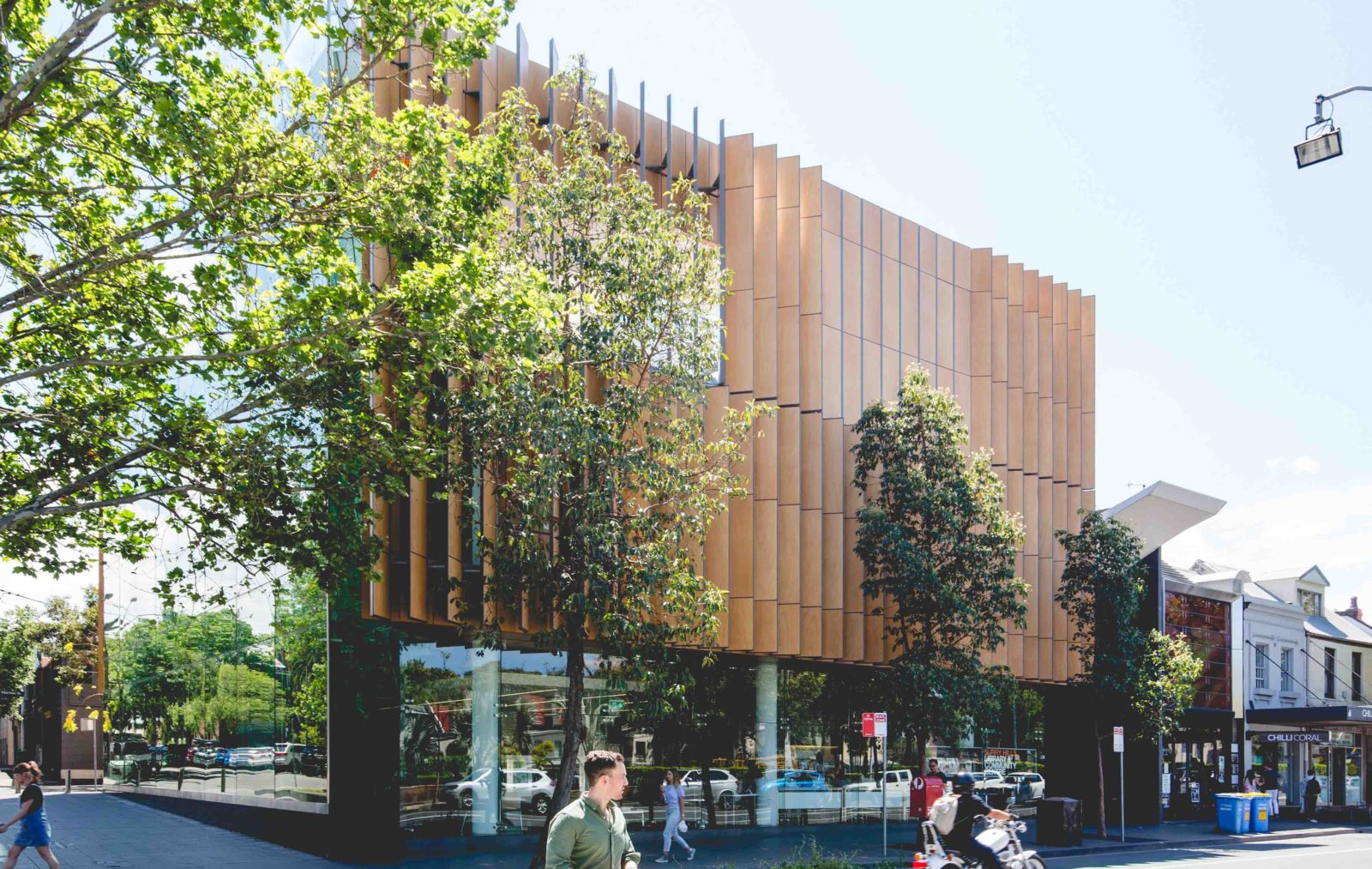
Libraries without limits
Public libraries are changing. No longer are they about borrowing and housing books. No longer are they quiet retreats where noise levels are kept to a hushed whisper and monitored by strict librarians! Instead, libraries are transforming into multi-faceted community hubs. Across Sydney, many local councils are investing in libraries as a means to foster community engagement and social inclusion. And as the role of the community focused library evolves, so does their architecture.
Simon Barr, Principal at Francis-Jones Morehen Thorp and Lead Architect of Surry Hills Library and Community Centre says, “local libraries are adapting to meet community needs … – they need to be designed to accommodate diverse functions, including informal meetings, study, curation of rare resources and access to community services”. Simon also notes, “you have to create a physical space that encourages people to create, think and be inspired”.
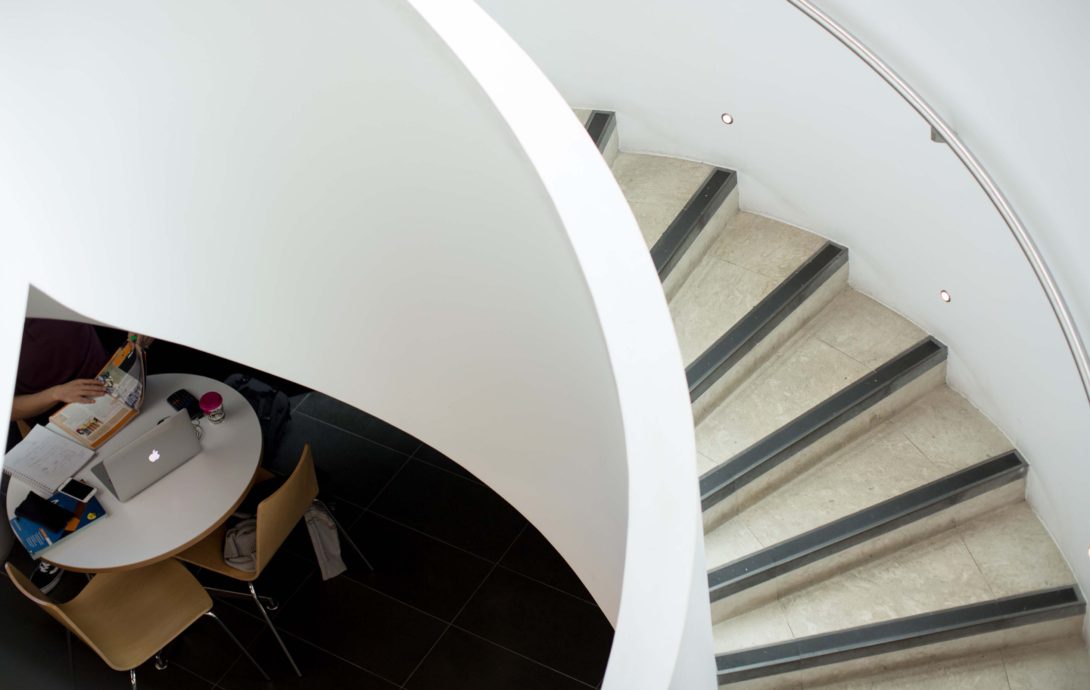
Community libraries are increasingly becoming a place for local communities to gather, interact, exchange ideas and access resources. “Human-centred design thinking is at the core of contemporary library design. From day one, we involved the local Surry Hills community.” Now officially known as Surry Hills Library and Community Centre “It is so much more than just a library – it is a place of civic pride and communal identity,” says Simon. Surry Hills Library offers a wide range of activities including: maker and creator workshops, panel discussions, comedy nights, and events for children of all ages.
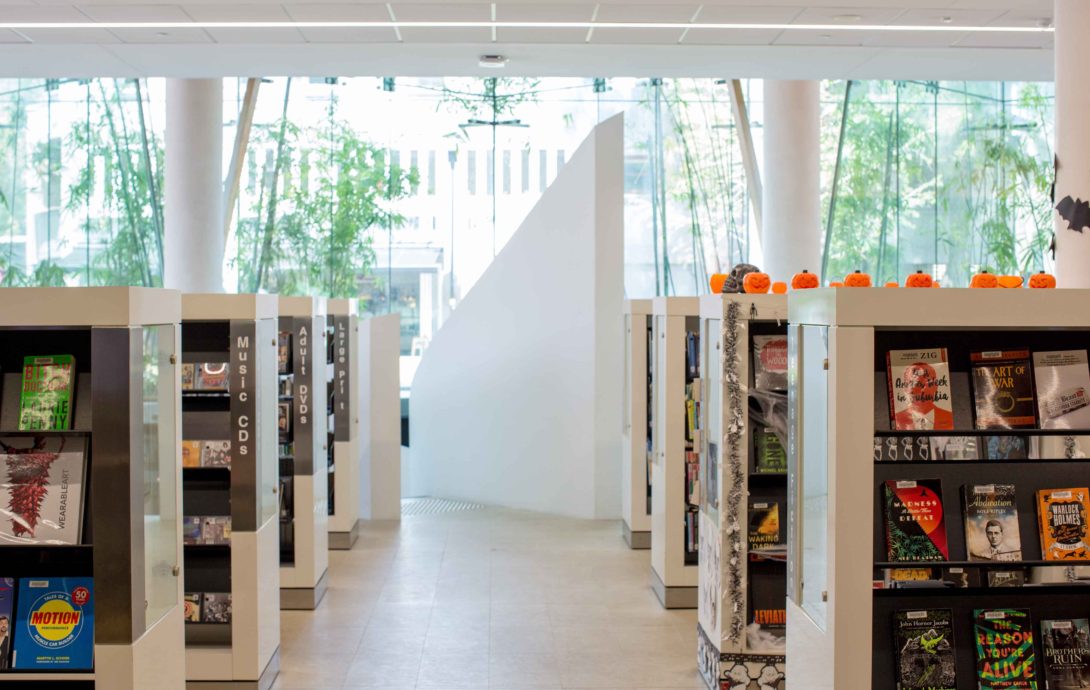
Back when local libraries were solely repositories for books, the architecture and design was quite straightforward. Rows of books stacked on high shelves. Quiet reading nooks. A single point of entry and exit. However, as community libraries evolve into hubs for education, health, entertainment and childcare – architects are adapting the design of the physical space to ensure maximum flexibility. “Collections are now being carefully considered so they don’t occupy as much square footage. This leaves open space for other activities, movable furniture promotes collaboration and eye-height bookshelves create a sense of openness and allow for more natural light to flood the space.” notes Simon.

Traditionally libraries were a quiet place with contained zones assigned to noisier activities (such as storytellling, meetings and group study) – this no longer holds true. Today, libraries are creating designated ‘quiet zones’ and treating conversational tones as the default noise level. It is becoming more about the energy and people rather than the storage of books. “Contemporary libraries don’t need to be completely silent as they need to facilitate and stimulate collaboration and social interaction…however they still need to enable quiet reflection. When designing Surry Hills Library we made sure that there was a balance of quiet reading areas and open, light-filled and vibrant break-out zones to promote interaction and play… organisation of internal spaces has everything to do with whether people communicate or go off and read in a corner,” says Simon.
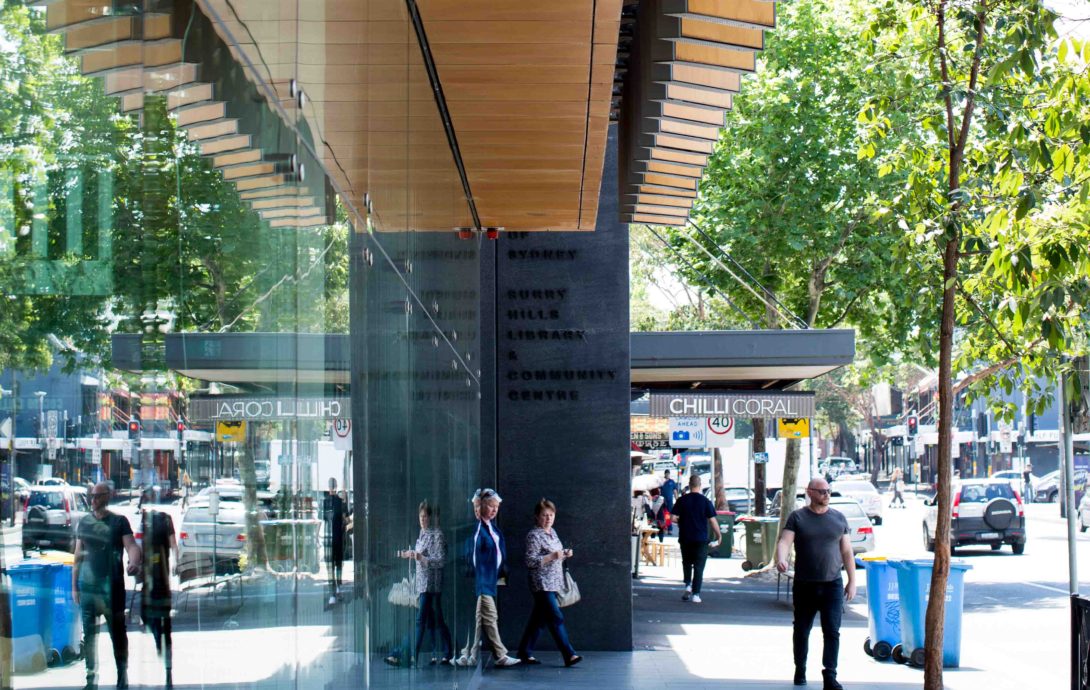
The best part of community libraries is that they are free, accessible and don’t discriminate. They offer something that no other contemporary building type can provide: a non commercial space where people of any age, class, gender, race, religion or ethnicity can gather and gain access to resources. Next time you step into your community library – take note of the architecture and design and the way it is shaping your experience. Who knows what the future of local libraries holds? Perhaps, the word ‘library’ will become synonymous with the notion of a place where local communities gather. Only time will tell.

